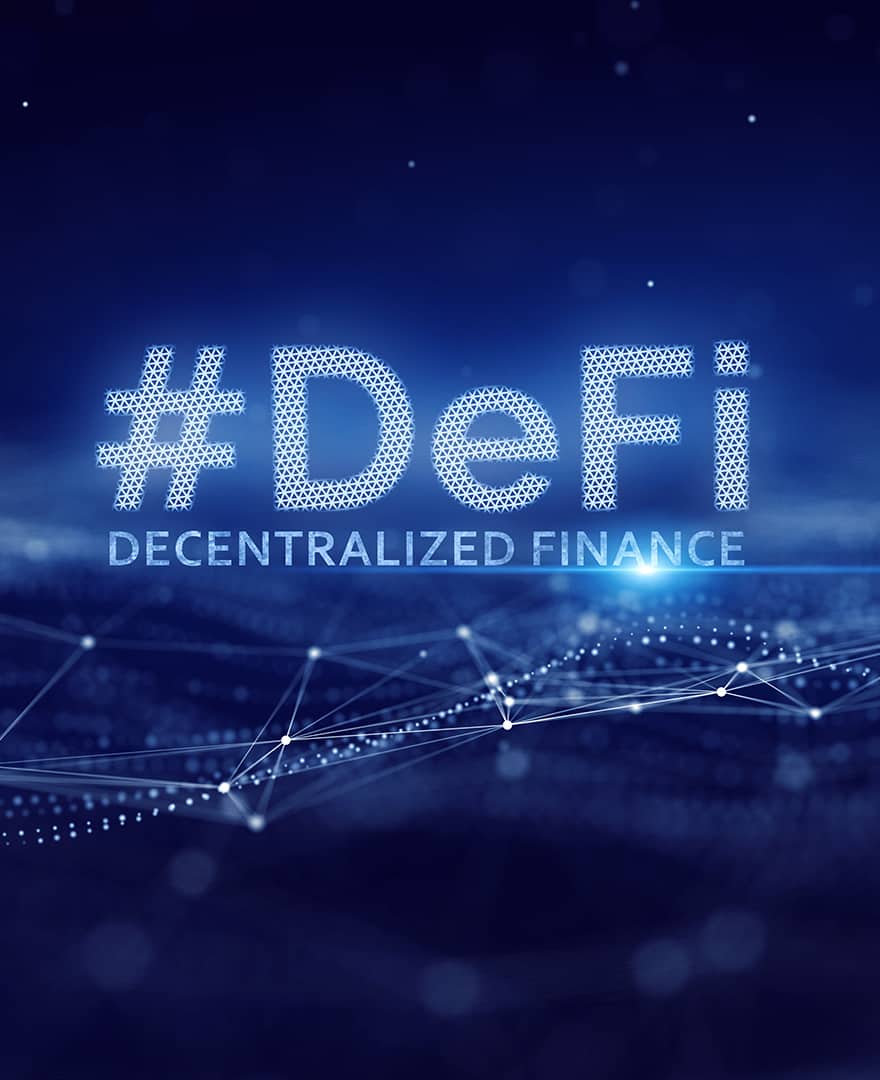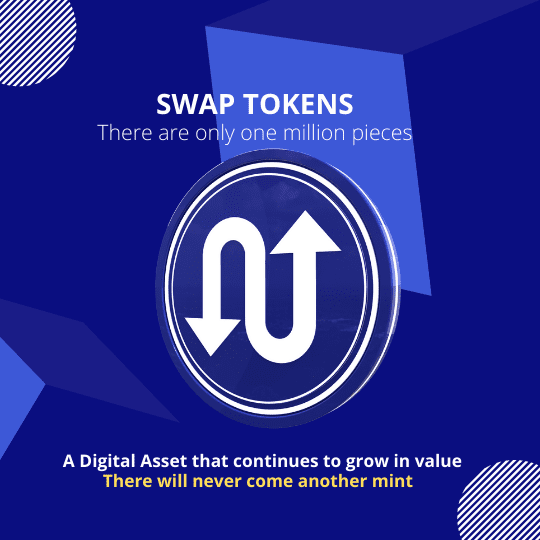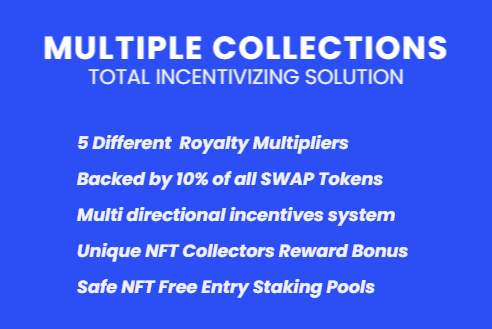Passive income through crypto
Cryptocurrency offers several passive income options for investors, which can provide a steady stream of income without requiring a lot of time or effort. These options can be divided into decentralized and centralized passive income options.
Decentralized passive income
Decentralized passive income options are those that operate on a decentralized platform, such as a blockchain. These options are often powered by smart contracts, which are self-executing contracts with the terms of the agreement written into code. Some examples of decentralized passive income options include:
Staking cryptocurrency
Staking: Some cryptocurrencies, such as Proof-of-Stake (PoS) coins, allow users to earn rewards for holding and staking their coins in a wallet. This is similar to earning interest on a traditional bank account, but with the added benefit of potentially earning more if the value of the coin increases.
Masternode system passive income
Masternodes: Some cryptocurrencies, such as Dash, offer a masternode system, which allows users to earn rewards for hosting and maintaining a full node on the network. Masternodes typically require a significant amount of the cryptocurrency to be held as collateral, but they can provide a steady stream of income in the form of block rewards.
Dividend paying tokens
Dividend-paying tokens: Some cryptocurrency projects offer tokens that pay dividends to holders. These dividends are typically paid in the form of the project’s native token and can provide a regular stream of income for investors.
Centralized passive income
Centralized passive income options are those that operate on a centralized platform, such as a cryptocurrency exchange. These options may be more traditional in nature and may involve less risk than decentralized options. Some examples of centralized passive income options include:
Lending cryptocurrencies
Lending: Some cryptocurrency exchanges, such as Nexo, allow users to lend out their cryptocurrency to other users in exchange for interest. This can provide a steady stream of income without requiring the user to sell their cryptocurrency.
Centralized cryptocurrency staking
Staking: Some centralized exchanges, such as Binance, offer staking options for certain cryptocurrencies. This allows users to earn rewards for holding the cryptocurrency on the exchange and can provide a regular stream of income.
Difference between decentralized and centralized passive income
To determine the difference between decentralized and centralized passive income options, it’s important to understand the underlying platform on which they operate. Decentralized options are typically powered by a blockchain and operate on a decentralized platform, while centralized options operate on a centralized platform, such as a cryptocurrency exchange.
Get started with passive income options in cryptocurrency
To get started with passive income options in cryptocurrency, the first step is to research and understand the various options available. It’s important to thoroughly understand the risks and potential rewards of each option before deciding which one is right for you. From there, you can set up a digital wallet and purchase the cryptocurrency you want to invest in, or sign up for a cryptocurrency exchange and begin exploring the various passive income options available.







